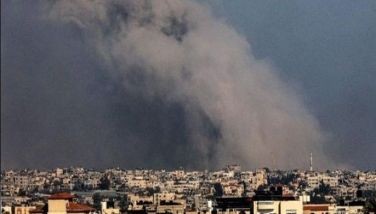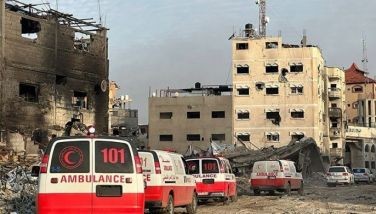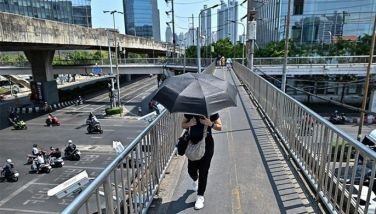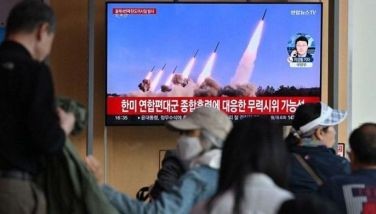India, China hold talks to de-escalate deadly border tensions
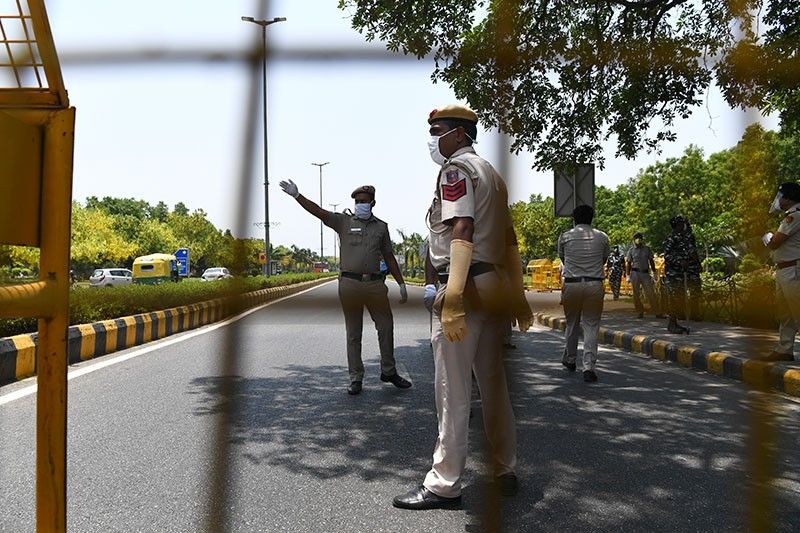
NEW DELHI, India — India and China agreed Wednesday to ease tensions at their disputed Himalayan border, even as they traded blame for a brawl that left at least 20 Indian soldiers dead.
The two nations' foreign ministers spoke by telephone to calm nerves after a high-altitude melee involving fists, rocks and clubs.
The call between China's Wang Yi and India's Subrahmanyam Jaishankar came as sources told AFP that Indian paramilitaries were being deployed to the area of the skirmish high in the Himalayas opposite Tibet.
China's state broadcaster CCTV, meanwhile, showed footage of People's Liberation Army tanks and soldiers holding live fire drills in Tibet.
China has refused to confirm if it suffered any casualties in the first deadly clashes at the border in decades, although Indian media said at least 40 Chinese troops were killed or seriously hurt.
The Chinese foreign ministry said in a statement that Wang demanded "India conduct a thorough investigation" and punish those responsible.
"The Indian side must not misjudge the current situation, and must not underestimate China's firm will to safeguard its territorial sovereignty," it added.
India's foreign ministry said Jaishankar "conveyed the protest" of his government.
He warned that "this unprecedented development will have a serious impact on the bilateral relationship" and urged Beijing to "take corrective steps".
But the two ministers also sought to de-escalate tensions.
China said both sides agreed to "cool down the situation on the ground as soon as possible".
India's foreign ministry said the two sides would implement a previously agreed disengagement, and "neither side would take any action to escalate matters".
However, ministry spokesman Anurag Srivastava said late Wednesday that "making exaggerated and untenable claims is contrary" to a responsible de-escalation, in comments carried by the Press Trust of India.
The incident, which took place Monday at around 4,500 metres (15,000 feet) up in the Galwan valley area, dominated Indian news channels and inflamed social media in both countries.
In India, small groups of protesters called for the boycott of Chinese goods, with some burning posters of Chinese President Xi Jinping.
Prime Minister Narendra Modi told the nation the deaths of the soldiers "will not be in vain".
Sources told AFP that military transport aircraft had made a number of rare night-time landings in Leh, capital of India's Ladakh region opposite China's Tibet, throughout Tuesday night.
'Hurtling down'
The clashes reportedly involved intense hand-to-hand fighting but no gunfire, in line with longstanding practices aimed at avoiding a full military confrontation over the disputed 3,500-kilometre (2,200-mile) border.
An Indian army source told AFP there were "violent hand-to-hand scuffles", while media said that Chinese troops attacked with rods and nail-studded clubs.
Many of these killed appear to have been punched or shoved off a ridge onto rocks and into an icy river below.
"They came hurtling down like free-falling objects," one source told AFP.
Postmortem examinations on some of those killed showed that the "primary reason for death is drowning and it looks like they fell from a height into the water because of head injuries," an official told AFP.
Sources said Wednesday that six Indian soldiers were still missing.
Both sides have given competing versions of the violence.
Beijing said Indian troops "crossed the border line twice... provoking and attacking Chinese personnel".
New Delhi said the Chinese side sought to "erect a structure" on the Indian side of the valley and "took pre-meditated and planned action that was directly responsible" for the violence.
Calls for restraint
The United States has said it was hoping for a "peaceful resolution" and the UN called for "maximum restraint".
Russia welcomed news of subsequent peaceful contacts between the two neighbours.
India and China have never even agreed on the length of their frontier, known as the "Line of Actual Control."
They fought a brief war in 1962 and deadly clashes followed in 1967, but the last shot fired in anger was in 1975 when four Indians died.
In 2017, there was a 72-day showdown after Chinese forces moved into the disputed Doklam plateau on the China-India-Bhutan border.
The recent uptick in tensions began in early May, when several Indian and Chinese soldiers were injured in a clash involving fists and stone-throwing.
But the prickly relationship was strained when India in August last year revoked the semi-autonomous status of Kashmir and split off Ladakh into a new administrative territory.
Ladakh is partly claimed by Beijing.
India meanwhile has been irked by China's backing of Pakistan and an economic corridor going through parts of Kashmir controlled by Islamabad but claimed by India.
- Latest
- Trending















